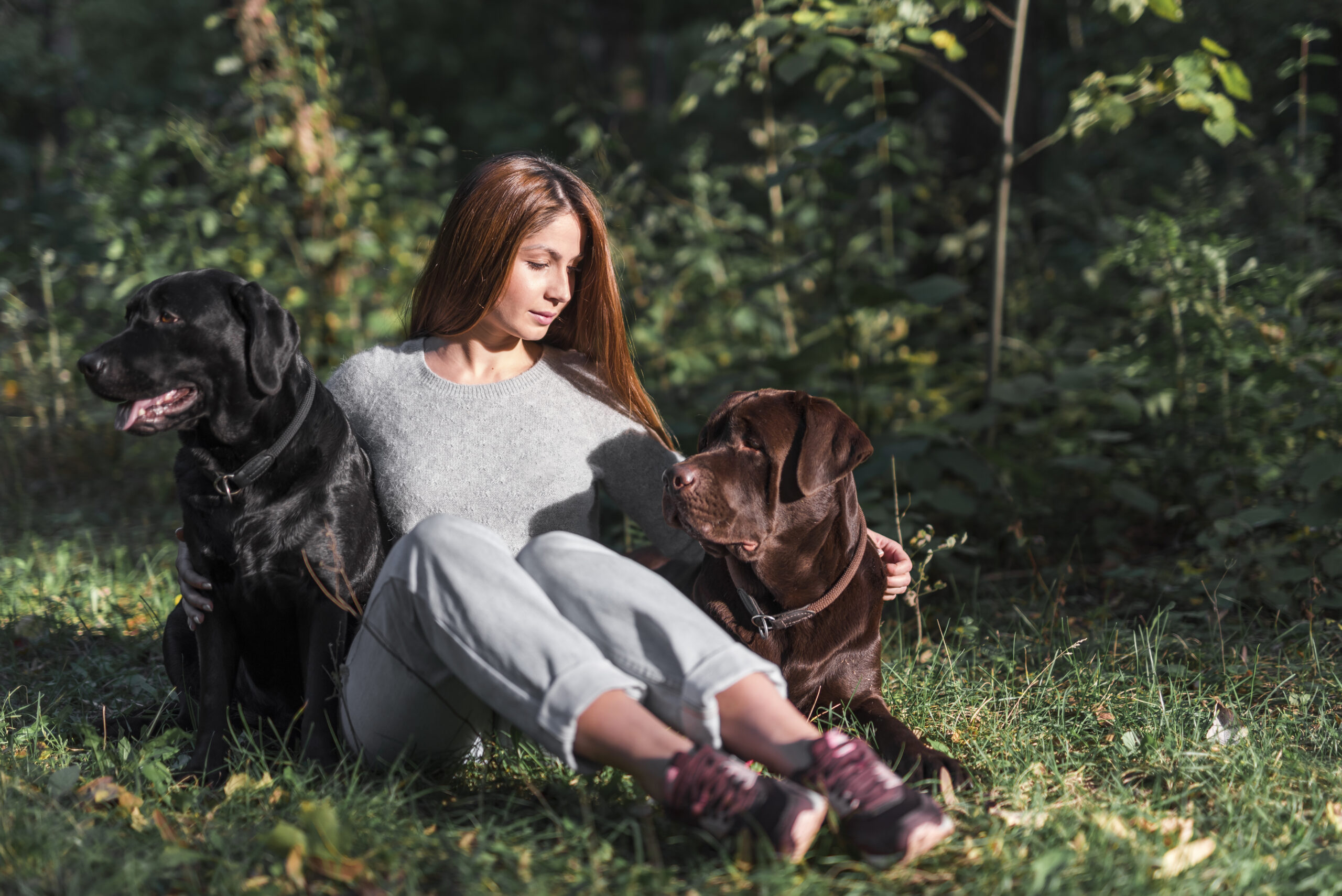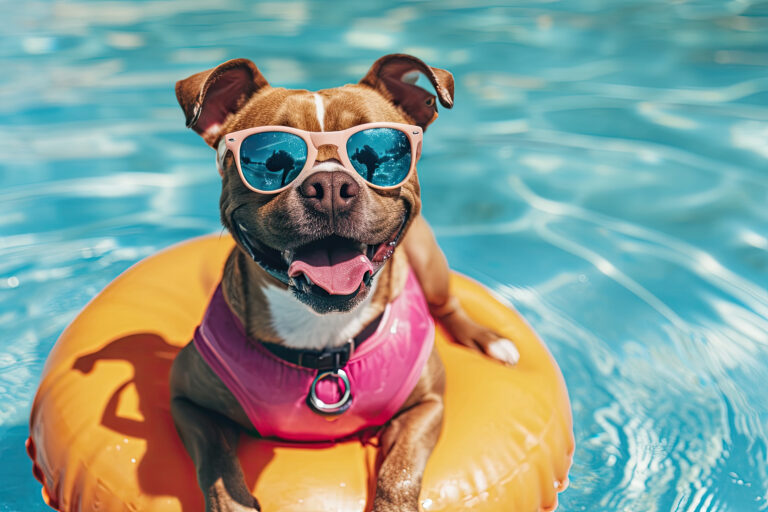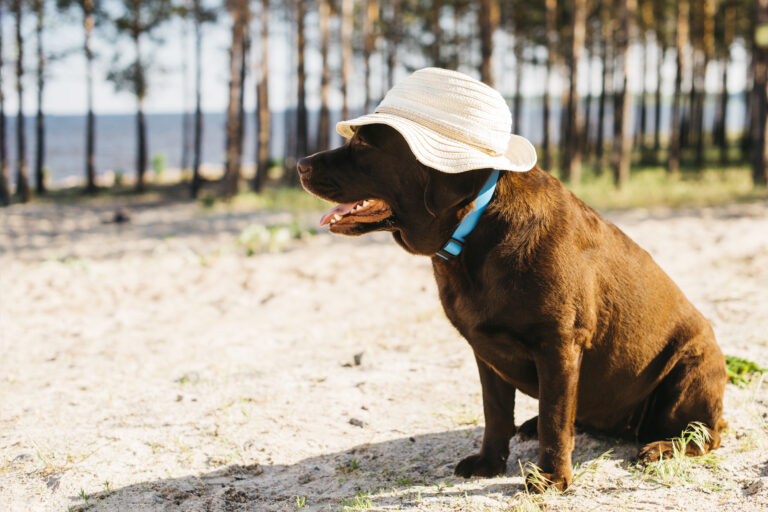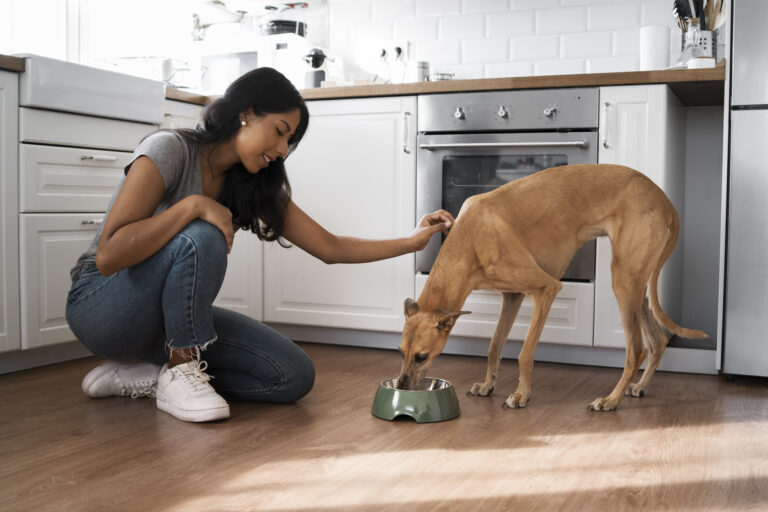Summer Safety: How To Protect Your Dog During Outdoor Adventures
Every summer, emergency vet clinics see a spike in cases of heatstroke in dogs, a condition that’s both preventable and perilous. How can you ensure that your furry companion stays safe during those exhilarating outdoor adventures? Let’s delve into the essential steps to safeguard your dog when the temperature rises.
Historically, dogs have been our adventuring partners, yet modern heat waves pose new challenges. The ASPCA notes that over 50,000 pets are affected by heat-related incidents annually. By providing ample water, seeking shade, and avoiding the hottest hours, you can significantly reduce these risks and enjoy worry-free fun with your canine friend.
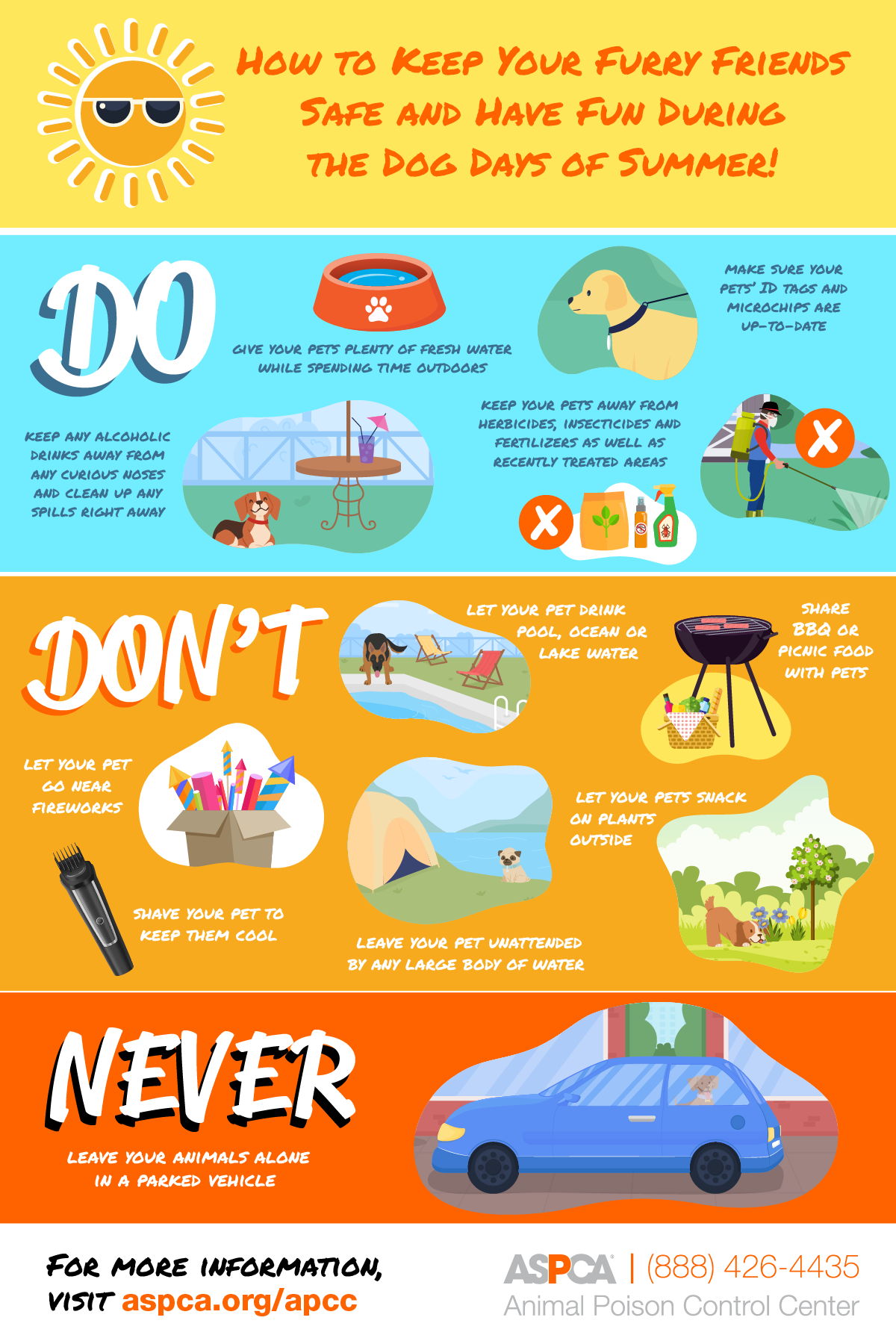
Summer Safety: How to Protect Your Dog During Outdoor Adventures
Keeping your dog safe during summer adventures is crucial. The harsh sun and high temperatures can be dangerous. Always provide your dog with fresh, cool water and access to shade. Avoid exercising them during peak heat hours, usually between 10 am and 4 pm. This will help prevent heatstroke and dehydration.
Knowing the signs of heatstroke in dogs can be life-saving. Look for excessive panting, drooling, or lethargy. If you notice these signs, move your dog to a cooler area immediately and offer water. Wetting their coat with cool, not cold, water can help, and contacting a vet is essential. Quick action can often prevent serious harm.
Hydration is another key factor in summer safety. Dogs can quickly lose vital fluids when exposed to heat. Carry a portable water bowl on your trips. Encourage regular drinking breaks. Make sure they have access to clean, fresh water.
Selecting the right gear can also make a big difference. Items like cooling vests, mats, and dog-friendly sunscreen can provide extra protection. Create a checklist before heading out to ensure you have everything you need. Consider the type of terrain and bring suitable boots if needed. This ensures your dog’s paws stay injury-free.
Understanding the Risks of Summer Heat for Dogs
Summer heat poses several risks for dogs that owners should be aware of. Dogs can easily overheat because they sweat through their paws and pant to cool down. High temperatures combined with high humidity can quickly become dangerous. Their fur, especially for breeds with thick coats, can trap heat. It’s important to keep dogs cool during these conditions.
One of the main concerns is heatstroke, which can be fatal. Symptoms include excessive panting and drooling, red gums, and confusion. In severe cases, dogs may collapse or have seizures. Immediate action is required to cool down a dog showing these signs. A quick response can save your dog’s life.
Another risk involves hot surfaces like pavements or sand. These can burn a dog’s paw pads within minutes. Always check the ground with your hand – if it’s too hot for you, it’s too hot for your dog. Protective dog boots can be helpful in such situations.
Older dogs and those with health issues are more vulnerable to heat risks. Breeds with short noses, like pugs and bulldogs, also struggle more with hot weather. Owners should monitor these dogs closely during summer adventures. Take extra precautions to ensure their safety and comfort.
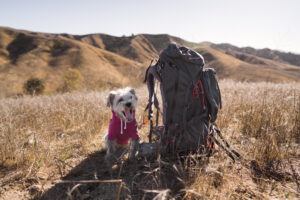
Tools and Techniques – Protecting Your Dog from the Sun
Protecting your dog from the sun is essential during summer. One effective tool is a cooling vest, which helps regulate body temperature. These vests work by retaining water, which slowly evaporates to keep your dog cool. They are typically lightweight and comfortable. Make sure to follow the manufacturer’s instructions for optimal use.
Sunscreen made for dogs is another important tool. Dogs can get sunburned, especially those with short or light-colored fur. Apply sunscreen on exposed areas like the nose, ears, and belly. Choose a product specifically for pets to avoid harmful chemicals. Reapply as directed, especially if your dog gets wet or sweats.
Shade is crucial in protecting your dog from direct sunlight. Portable shade tents or umbrellas can provide a cool spot for your dog to relax. Set these up in areas with good ventilation to avoid trapping heat. On hikes or walks, take breaks under trees or other shaded areas.
Hydration is equally important as sun protection. Always carry a portable water bowl and fresh water. Offer your dog water frequently, especially if they’re active. This ensures they stay hydrated and helps regulate their body temperature. Staying hydrated reduces the risk of heat-related issues.
Recognizing and Managing Heatstroke in Dogs
Heatstroke in dogs is a serious condition that can escalate quickly. Recognizing the early signs is key to preventing severe outcomes. Common symptoms include excessive panting, drooling, and restlessness. As the condition worsens, dogs may show confusion, vomiting, or even collapse. Immediate action is vital to manage heatstroke effectively.
If you suspect your dog is experiencing heatstroke, move them to a cooler area right away. Offer small amounts of water to drink. Avoid giving ice-cold water or ice as it can cause shock. Wet your dog’s fur with cool—not cold—water, focusing on areas with less fur. This helps lower their body temperature gradually and safely.
Contacting your veterinarian should be your next step. Even if your dog seems to improve, heatstroke can cause internal damage that isn’t immediately apparent. Your vet can assess your dog’s condition and provide necessary treatments. Follow their advice carefully to aid your dog’s recovery. Quick and informed actions can save your dog’s life.
Preventing heatstroke is always better than treating it. Avoid outdoor activities during peak heat hours. Ensure your dog has access to shade and fresh water. Use cooling accessories like vests or mats to help manage their body temperature. These precautions can make a significant difference.
Certain dog breeds and individuals have higher risks. Brachycephalic breeds, like pugs, are particularly vulnerable due to their short noses. Older dogs and those with health conditions also require extra care. Monitor these dogs closely, limit strenuous activities, and keep them cool during summer.
Understanding the severity of heatstroke and taking prompt actions can make all the difference. Educate yourself and be prepared. Use the right tools and techniques to keep your dog safe and healthy during hot weather.
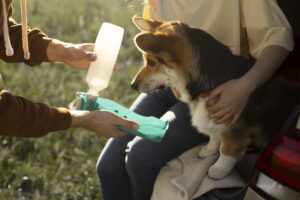
Do’s and Don’ts – Hydrating Your Dog During Summer
Keeping your dog hydrated is crucial during summer. Always provide fresh, clean water both indoors and outdoors. Carry a portable water bowl on your outings. Encourage your dog to drink regularly, especially after physical activity. This helps prevent dehydration and related health issues.
Avoid giving your dog ice-cold water, as it can cause stomach cramps. Stick to cool or room-temperature water. Make sure the water is free from contaminants or harmful substances. Regularly clean your dog’s water bowl to keep it hygienic. Consistent access to fresh water is essential for your dog’s health.
Certain foods can also help with hydration. Offer water-rich fruits and vegetables, like cucumbers and watermelon. However, avoid grapes and raisins, as they are toxic to dogs. Using moist dog food can also contribute to their overall water intake. These small changes make a big difference.
| Do’s | Don’ts |
|---|---|
| Provide fresh water | Offer ice-cold water |
| Encourage regular drinking | Leave water in the sun |
| Carry a portable bowl | Ignore signs of dehydration |
Recognize signs of dehydration in your dog. These include dry gums, lethargy, and sunken eyes. If you observe these symptoms, offer water immediately and consult your vet. Proper hydration is crucial to your dog’s overall well-being. Stay vigilant and proactive.
Planning Safe Outdoor Activities for Your Dog in Summer
Summer provides a great opportunity to enjoy the outdoors with your dog. However, it’s crucial to plan activities that keep them safe from the heat. Choose times of the day when it’s cooler, like early mornings or late evenings. Avoid midday outings when temperatures peak. This reduces the risk of heat-related issues.
Creating a fun backyard obstacle course can be a shady and cooler option. Use objects like tunnels, low hurdles, and cones. Make sure the area is covered to avoid direct sun exposure. Interactive toys like water sprinklers can also provide enjoyment and help keep your dog cool. Always supervise your dog during these activities.
Water activities are a fantastic way to keep your dog active and cool. Swimming in a dog-safe pool or lake can be enjoyable. Ensure the water is clean and free from harmful algae. Supervise their swimming closely to prevent accidents. Hydration and frequent breaks are still necessary during these activities.
- Take your dog for a leisurely hike in shaded areas.
- Visit dog-friendly beaches with shaded spots.
- Organize playdates in fenced, shady parks.
Always carry essentials like water, portable bowls, and cooling accessories. Plan your route to include shaded rest stops. Keep an eye on your dog for signs of overheating, such as excessive panting or drooling. Adjust your plans if the weather becomes too hot. Safety should be the top priority during your summer adventures.

Frequently Asked Questions
Keeping your dog safe during summer adventures is crucial. Here, we address some commonly asked questions to help you ensure your furry friend stays protected and comfortable.
1. How can I tell if my dog is overheating?
Signs of overheating in dogs include heavy panting, drooling, and a high heart rate. Your dog might also show signs of fatigue or become unresponsive. In severe cases, vomiting and diarrhea may occur, which are clear indicators that immediate action is needed.
If you notice these symptoms, move your dog to a shaded area immediately. Offer cool water for them to drink and apply wet towels to their body to help lower their temperature. Always consult a veterinarian if you suspect your dog has overheated.
2. What’s the best time of day for exercising my dog during the summer?
The best times to exercise your dog during the summer are early morning or late evening. These times are usually cooler and less humid, reducing the risk of heatstroke and dehydration. Avoid midday hours when temperatures peak because even short periods outside can be harmful.
During these chosen hours, always keep an eye on your dog’s behavior for any signs of discomfort. Carry fresh water along to ensure they stay hydrated throughout the activity. Choosing shaded trails or parks can also provide additional relief from the heat.
3. Are cooling vests effective for dogs in hot weather?
Yes, cooling vests can be highly effective for keeping dogs comfortable in hot weather. These vests work by absorbing water and slowly evaporating it over time, which helps lower your dog’s body temperature naturally. They are especially useful during outdoor activities like hiking or long walks.
Ensure that you follow the manufacturer’s instructions on how to use and maintain the vest for optimal results. Regularly check if it remains moist as per its requirements since a dry vest won’t offer much relief from the heat.
4. What should I do if my dog refuses to drink water during warm days?
If your dog refuses to drink water on warm days, you can try adding flavor with things like low-sodium chicken broth or ice cubes made from diluted broth. Sometimes offering water at different temperatures or placing ice cubes in it can also encourage drinking.
An automatic pet fountain can make drinking more interesting as well due to its moving water feature.
Keep multiple bowls around with fresh water placed both indoors and outdoors.
If hydration issues persist despite these efforts, consult with a veterinarian promptly.
Conclusion
Ensuring summer safety for your dog during outdoor adventures is essential for their well-being. By recognizing the signs of heatstroke and providing ample hydration, you can prevent dangerous situations. Utilizing cooling tools and planning activities during cooler parts of the day further enhances their comfort.
Each dog has unique needs and vulnerabilities that should be considered. Keeping a vigilant eye and taking proactive measures can make summer outings fun and safe. Enjoy the season responsibly, making lasting memories while keeping your furry friend protected and happy.

